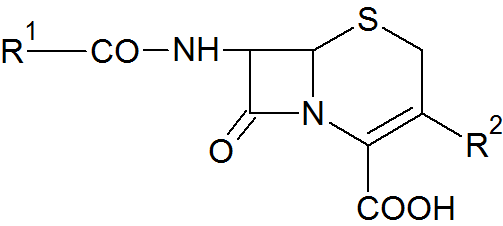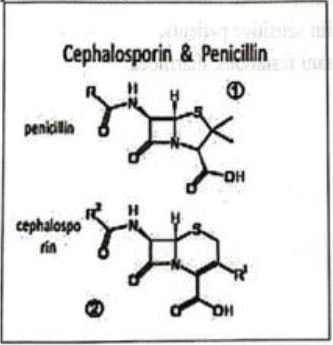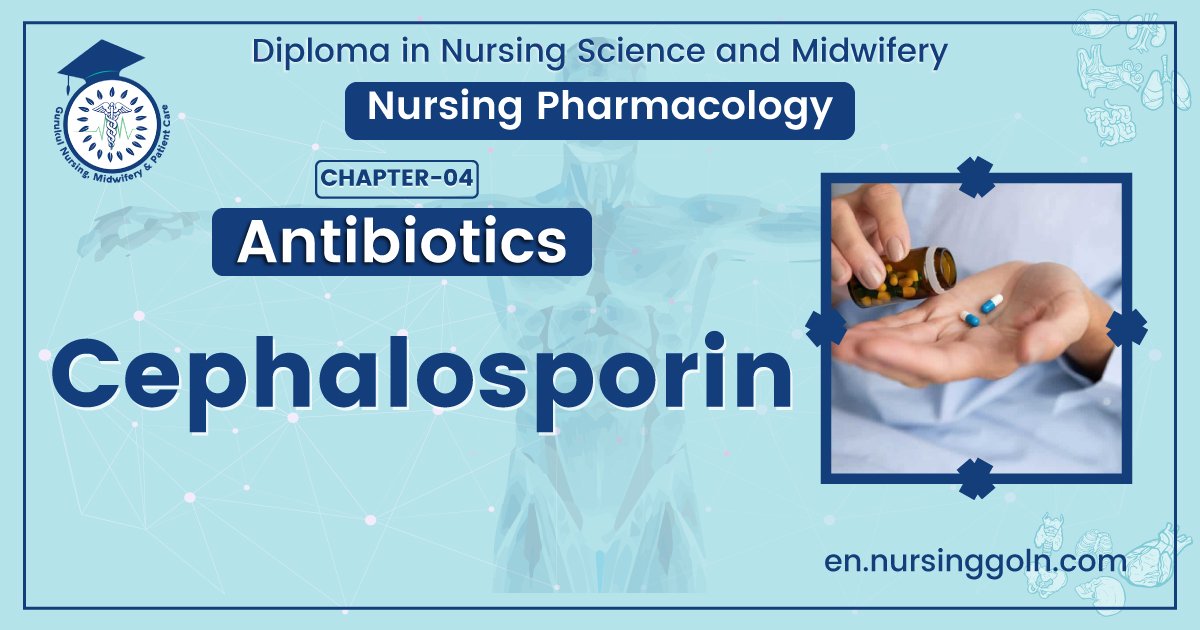Concept of Cephalosporin – This book covers the entire syllabus of “Pharmacology” prescribed by BNMC- for a diploma in nursing science & midwifery students. We tried to accommodate the latest information and topics. This book is an examination set up according to the teachers’ lectures and examination questions.
At the end of the book, previous questions are given. We hope in touch with the book students’ knowledge will be upgraded and flourish. The unique way of presentation may make your reading of the book a pleasurable experience.
Concept of Cephalosporin
These are a group of semisynthetic antibiotics derived from ‘cephalosporin-C’ obtained from a fungus Cephalosporium. They are chemically related to penicillins; the nucleus consists of a ẞ- lactam ring fused to a dihydrothiazine ring, (7-aminocephalosporanic acid).
By addition of different side chains at position 7 of ẞ-lactam ring (altering spectrum of activity) and at position 3 of dihydrothiazine ring (affecting pharmacokinetics), a large number of semisynthetic compounds have been produced. These have been conventionally divided into 4 generations. This division has a chronological sequence of development, but more importantly, takes into consideration the overall antibacterial spectrum as well as potency.

Properties of cephalosporins
1. Broad spectrum of activity (effective against gram +ve and gram -ve organisms).
2. Nucleus of cephalosporin, 7-amino-cephalos-poranic acid.
3. The molecular weight of cephalosporin is 400-450.
4. They are water-soluble.
5. Relatively stable to PH and temperature changes.
Similarity with penicillin
➤ Both are obtained from fungus.
➤ Structural similarity.
➤ Mechanism of action: (inhibit cell wall synthesis)
➤ Both are broad spectrum antibiotic.

Clinical uses of the cephalosporins
Cephalosporins are used to treat infections caused by sensitive organisms. As with other antibiotics, patterns of sensitivity vary geographically, and treatment is often started empirically. Many different kinds of infection may be treated, including:
➤ Septicaemia (e.g. Cefuroxime, cefotaxime)
➤ Pneumonia caused by susceptible organisms
➤ Meningitis (e.g. Ceftriaxone, cefotaxime)
➤ Biliary tract infection
➤ Urinary tract infection (especially in pregnancy or in patients unresponsive to other drugs)
➤ Sinusitis (e.g. Cefadroxil).
✔ Nausea
✔ Vomiting
✔ Diarrhoea
Mechanism of inhibition of antimicrobial protein synthesis
mRNA +30S ribosome (codon)
↓
tRNA carrying polypeptide chain contains anticodon (1)
↓
Codon: Anticodon recognition (2)
↓
Transpeptidation (transfer of polypeptide
chain from one tRNA to other, so
elongation of chain occurs) (3)
↓
Translocation of tRNA leaving the new site free for next tRNA. (4)

| 1 | Tetracyclines | Compete with tRNA to bind with codon |
| 2 | Aminoglycosides | Cause abnormal codon: anti-codon recognition; so misreading of mRNA and defective protein synthesis occur. |
| 3 | Chloramphenicol | Inhibits transpeptidation. |
| 4 | Erythromycins | Inhibit translocation |
Read more:
